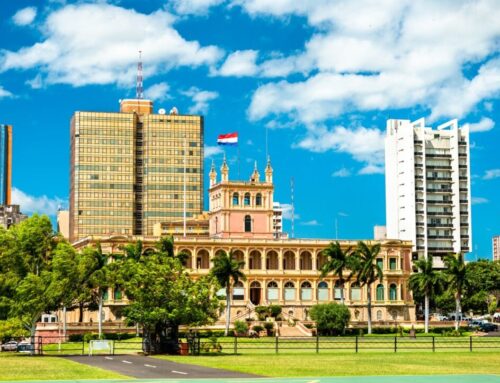Cannabis Cultivation, Energy Use And Emissions
February 9, 2025
According to a recent report, two-thirds of legal and illicit cannabis production in the USA occurs indoors. This is making a significant contribution to the country’s energy use and associated emissions.
The article, published in the journal One Earth, says industry-wide life cycle emissions are 44 million tons of carbon dioxide equivalent (CO2e) a year (half from legal producers) as at 2023; equalling those of 6 million homes or on par with that of all other crop production. It represents 1% of total national emissions from all sectors of the USA’s economy and an annual energy expenditure of USD $11 billion.
There are multiple ways to slash emissions, for example if indoor facilities install solar panels on their rooftops or elsewhere (as some already have), but the article says turning to outdoor cultivation could slash emissions up to 76%, and requires less land than solar PV footprint for indoor cultivation.
The article was published by Dr. Evan Mills, Ph.D.; an energy efficiency consultant and retired Senior Scientist at Lawrence Berkeley National Laboratory where he remains a Research Affiliate.
Previous research out of Colorado State University indicated U.S. indoor cannabis cultivation results in life-cycle greenhouse gas emissions of between 2.28 tonnes and 5.18 tonnes of carbon dioxide per kilogram of dried flower.
Dr. Mills’ research found 2023 carbon emissions for commercial operations is at 4.5 tonnes CO2e/kg-flower for plant factories, 2.5 tonnes CO2e/kg-flower for greenhouses, and 700 kg CO2e/kg-flower for open-field cultivation.
Stating the case for open-air cultivation, Dr. Mills writes it also involves less waste in the form of spent lamps, artificial growing media that is usually replaced with each cultivation cycle, assorted plastics and contaminated wastewater.
“Maximal reductions can be achieved by a policy-driven shift toward more outdoor cultivation, but this requires addressing market distortions and harmonizing drug and environmental policy,” he says of emissions.
Dr. Mills notes some states where cannabis is legal ban cultivation outdoors, but some selectively require that only home cultivation be conducted indoors.
“There is much science to be done,” Dr. Mills states. “However, while the constraints federal cannabis laws impose on medical research are widely recognized, US federal agencies are reported to be barred from funding research on the energy and climate impacts of cannabis cultivation.”
The article is a deep- dive into emissions and other related issues with indoor cultivation and well worth a read.
Search
RECENT PRESS RELEASES
Related Post




